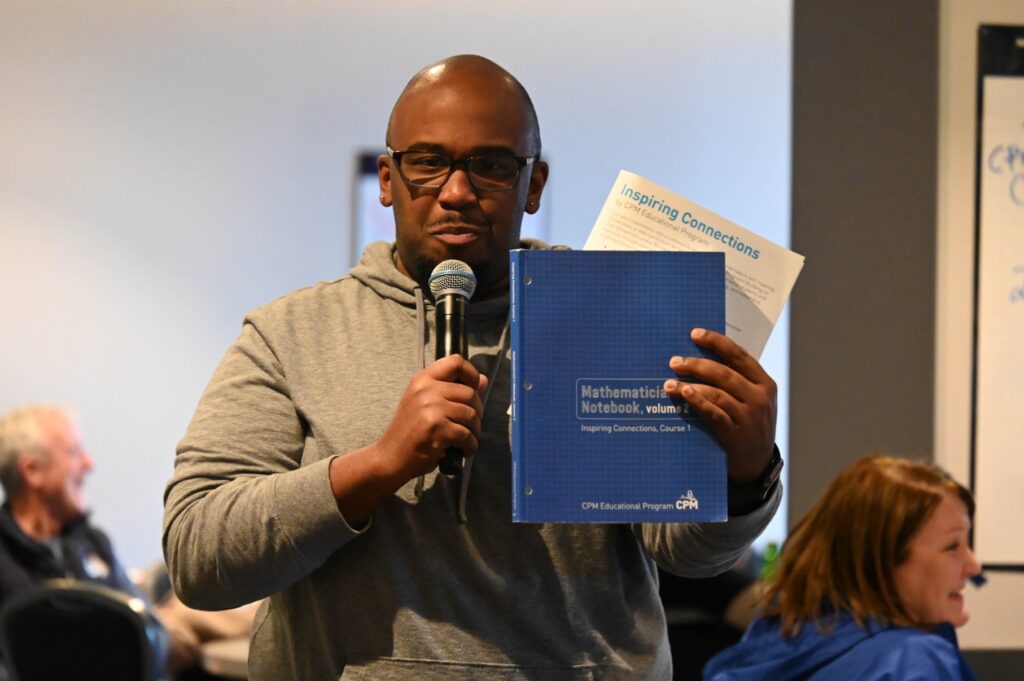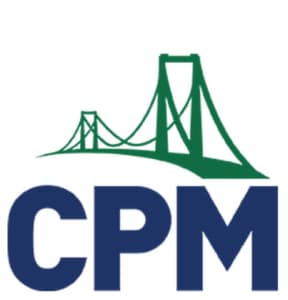October 2023
If you are a new teacher, or in a new school, you may not have had the opportunity to understand why your school chose CPM. You may not know whether you can trust the curriculum, and you may be tempted to spend time searching for new resources. Let’s explore why you can trust CPM, and how trusting the curriculum can support effective teaching and learning.

The development of an exemplary curriculum requires a collaborative effort by educators and researchers who work together to craft an engaging storyline, carefully considering how the mathematics builds over time. CPM has always relied on the shared expertise of experienced classroom teachers and educational researchers to create lessons that are engaging for students and supported by current research on best practices for teaching and learning mathematics. CPM’s exemplary curricula, both Core Connections and Inspiring Connections, are designed to ensure a comprehensive and structured learning experience by utilizing these research-based best practices. Math educators can also have confidence that the CPM curriculum addresses the content standards, leaving teachers free to focus on what they do best: teach.
Furthermore, CPM provides a clear framework for assessing student progress and understanding. CPM’s pillar of Mixed, Spaced Practice is built into the curriculum through Review & Preview, Chapter Closure, Checkpoint Problems, threads within a course, and vertical threads through courses. When using the CPM curriculum with fidelity, teachers are able to assess students over time on the essential standards
Consistency is another vital factor. When teachers trust and follow the curriculum, it ensures a consistent educational experience for all students. For example, any Geometry student should have equitable access to the standards and instruction, no matter the teacher. This uniformity is particularly important in mathematics, as each concept builds upon previous concepts. By adhering to the curriculum, teachers can guarantee that students receive a cohesive and logical progression of mathematical knowledge.
The CPM curriculum is the result of extensive research and collaboration and provides a structured, consistent, and equitable framework for teaching math. By putting faith in the curriculum, math teachers can focus on what truly matters: equipping their students with the mathematical problem-solving skills they need.

Marcus Blakeney
marcusblakeney@cpm.org

